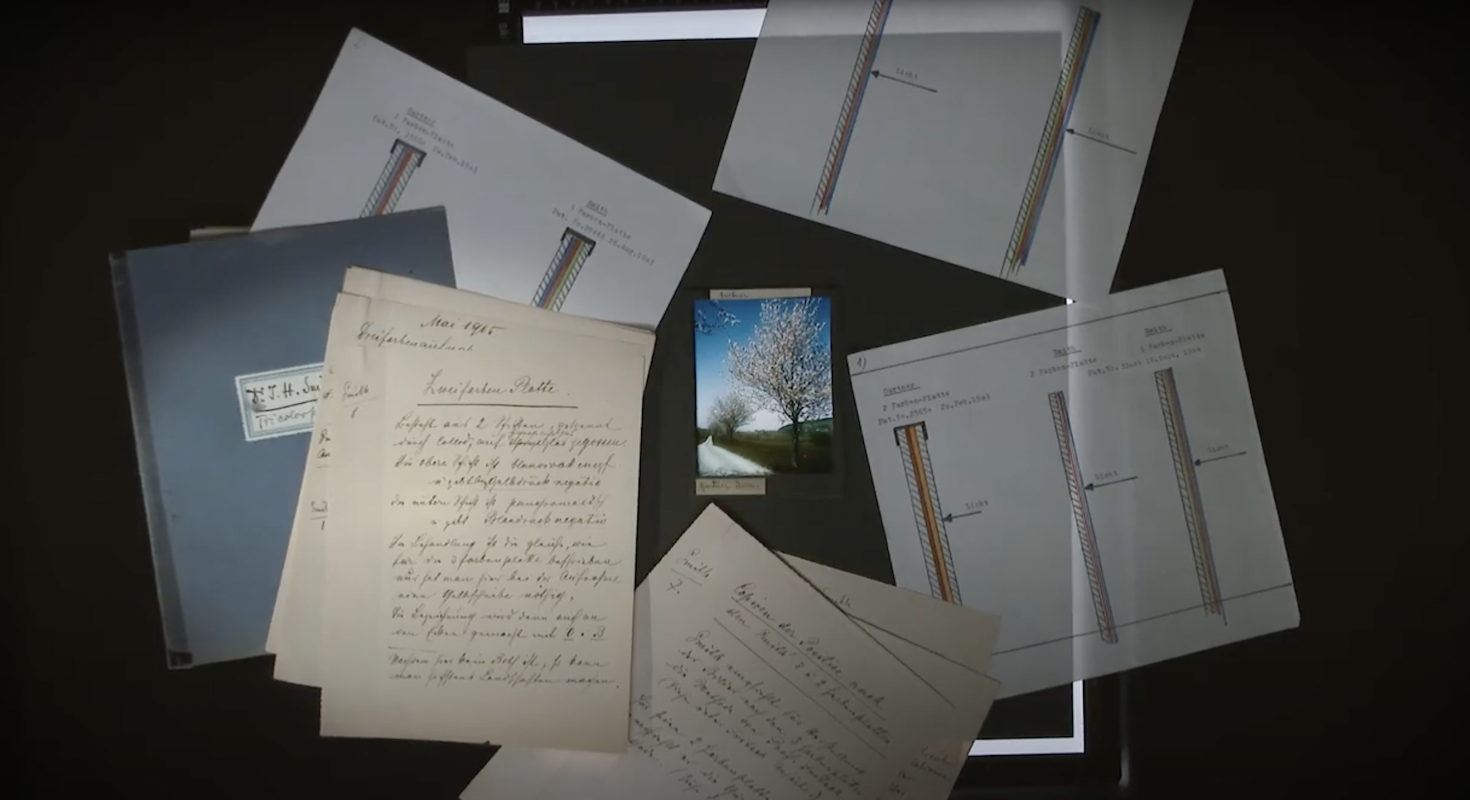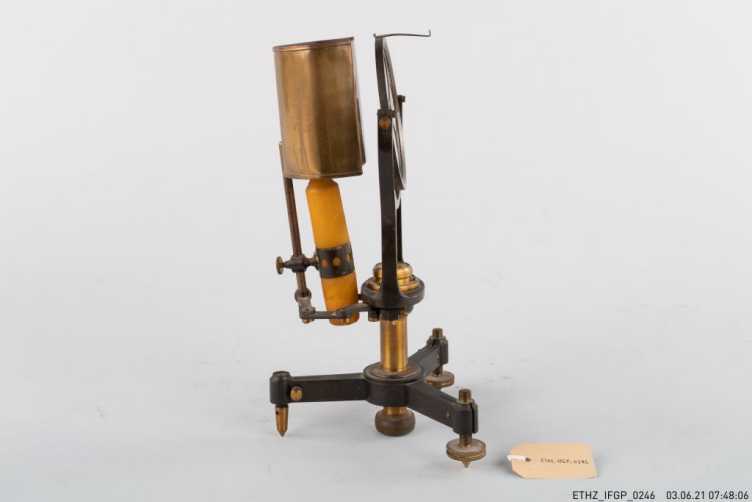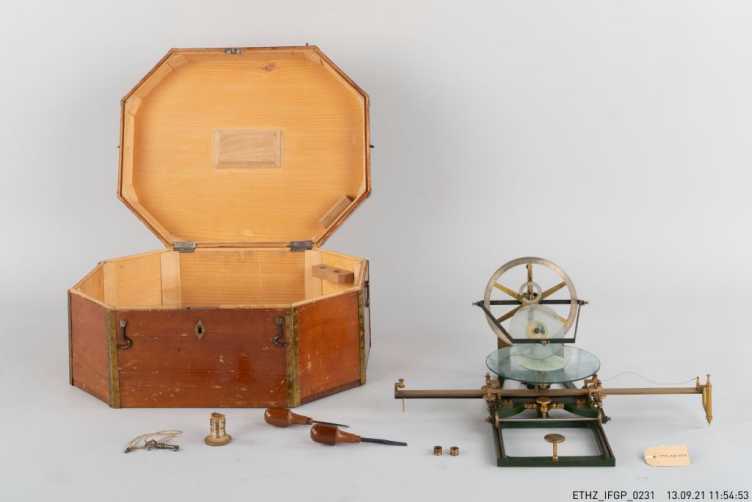#TreasureTroves – Highlights from our collections and archives
Are you familiar with the extraordinary treasures in the ETH Library? The videos in our #TreasureTroves campaign feature fascinating instruments, graphics and designs from our different collections and archives.

The ETH Library is a real treasure trove. In our external page #TreasureTroves video campaign, we invite you to take a look at some of the particularly impressive highlights of our collections. For example, in our Collection of Scientific Instruments and Teaching Aids, Graphische Sammlung and ETH Materials Hub, there are hidden gems waiting to be discovered again, all of them illustrating the incredible ingenuity and creativity of clever minds.
A look inside our treasure troves
How did the scientists, artists and master builders of old solve the challenges of their day? You’ll find examples of their inventive solutions in our #TreasureTroves:
- Why do snowbells bloom in the snow? This was the question that a geobotanist in the 1920s answered with the help of a external page special photometer that he used to measure the density of the snow and the light intensity under it to enable him to draw conclusions about plant growth.
- The Graphische Sammlung in the ETH Library contains works by trailblazing artists. In the #TreasureTroves, you will discover what is so special about the external page Adam und Eva copperplate engraving by Albrecht Dürer.
- Our contribution from the ETH Materials Hub featuring an ornate timber joint from China shows how the external page Dou Gong was used to connect the columns to the roof of a house. This gave rise to a characteristic ornamental feature in Chinese architecture in the 12th century.
Highlights from our #TreasureTroves
Our series of videos illustrating notable objects from our collections continues with two historical instruments from which we still benefit today:

- This target mark featuring a candle was used in the building of the Simplon tunnel in the Alps. The instrument made it possible to plan and excavate accurately what was until the end of the 1970s the longest mountain tunnel in the world.

- This orthogonal planimeter, built by Kaspar Wetli in 1849, was a considerable improvement on the instruments normally used to measure surface areas at the time. It even received an award at the Great Exhibition of the Works of Industry of All Nations held in London in 1851.
The collections and archives at the ETH Library contain countless unique treasures. In the new videos featured in the campaign, we present one object from each collection and archive. These short videos focus on the visual appeal of these treasures. The accompanying texts complement each video, providing additional information about the object featured.